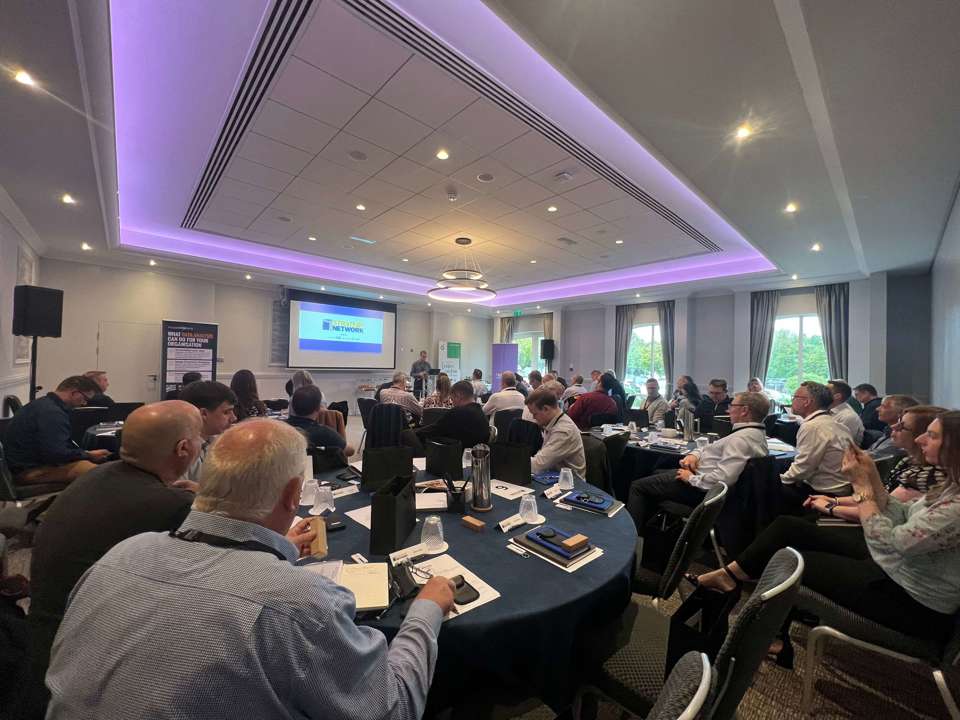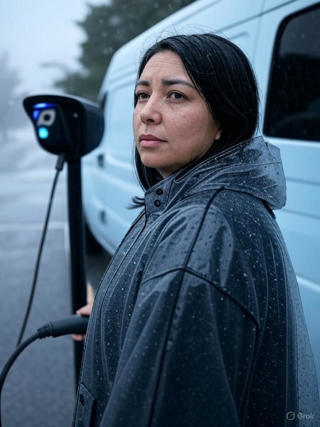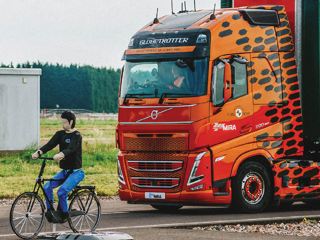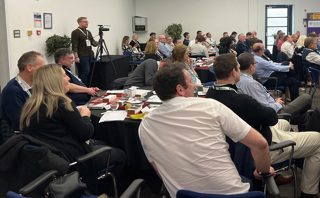During a roundtable discussion on road safety at the most recent Fleet 200 Strategy Network meeting, fleet managers posed more questions than answers, such as do we give the subject more attention when it’s too late? And are driver safety systems a primary focus for their fleet?
Many answered yes they are, but more could be done.
Everyone agreed that all decisions, policies and training should start with driver safety and awareness, with cost and everything else coming after.
Consistent, on-going driver training should be essential with those covering the most business miles to have practical refresher lessons and assessments.
Risk scoring each driver was also discussed, across all fleet vehicles.
The table talked about cyclists a lot, with a lot of cyclists also familiar with driving a car, but still a big disconnect between vans/HGVs, buses etc.
The following points were also raised:
During a roundtable discussion on road safety at the most recent Fleet 200 Strategy Network meeting, fleet managers posed more questions than answers, such as do we give the subject more attention when it’s too late? And are driver safety systems a primary focus for their fleet?
Many answered yes they are, but more could be done.
Everyone agreed that all decisions, policies and training should start with driver safety and awareness, with cost and everything else coming after.
Consistent, on-going driver training should be essential with those covering the most business miles to have practical refresher lessons and assessments.
Risk scoring each driver was also discussed, across all fleet vehicles.
The table talked about cyclists a lot, with a lot of cyclists also familiar with driving a car, but still a big disconnect between vans/HGVs, buses etc.
The following points were also raised:
- Where is the integration and education for road users, specifically cyclists, with HGVs and electric vehicles (EVs) as they are often quieter?
- People, bikes, vans and trucks don’t mix and they need to be segregated
- Where’s the deterrent for not driving safely? More severe punishments are needed for speeding and death caused by speeding to discourage dangerous driving. One fleet manager said that the prison sentence should be the same for causing death by dangerous driving, as someone who commits a serious crime (murder by gun or knife)
- Are we asking drivers if they are fit to drive before they start work? Could be a challenge if drivers are home-based, needs to be an element of trust there. Fleets could additionally adopt a ‘no blame’ culture when drivers are not fit to work
- Hands-free/touch screen technology still provides a distraction to the driver, similar to how talking to a passenger provides a distraction
- Variable speed limits can be dangerous in certain situations, particularly when the roads are quiet
- Emphasis on monitoring driving via tracking cameras should be present before an incident or accident occurs
Representatives from road safety charity Brake responded to Fleet200 Strategy Network members' concerns during the discussion.
They said the charity has relationships with Cycling UK and Sustrans and will discuss segregated systems and reinforce how everyone has a responsibility to look after other road users.
Brake also agreed that sentences should be tougher for drivers who cause death by speeding.
They said that victims of road crashes receive less support than other crimes as they are not perceived as victims of crime and that “not every vehicle crash is perceived as a crime”.
Login to continue reading.
This article is premium content. To view, please register for free or sign in to read it.






















Login to comment
Comments
No comments have been made yet.